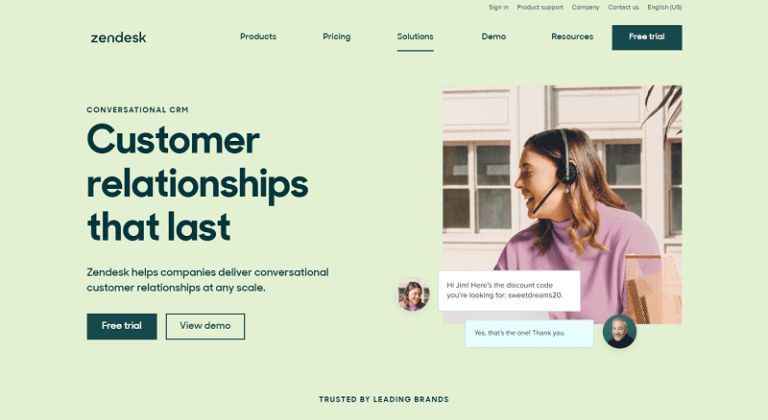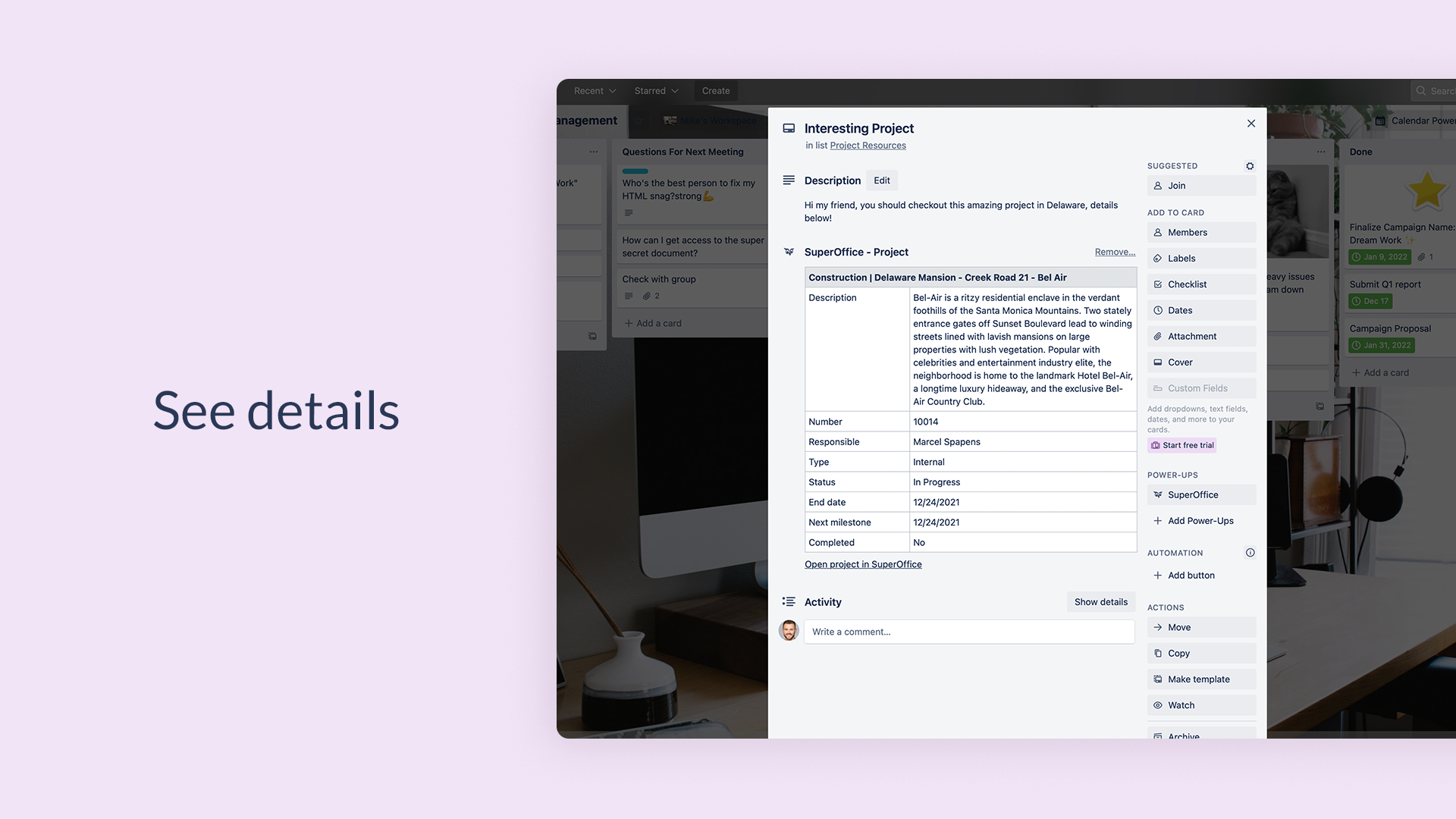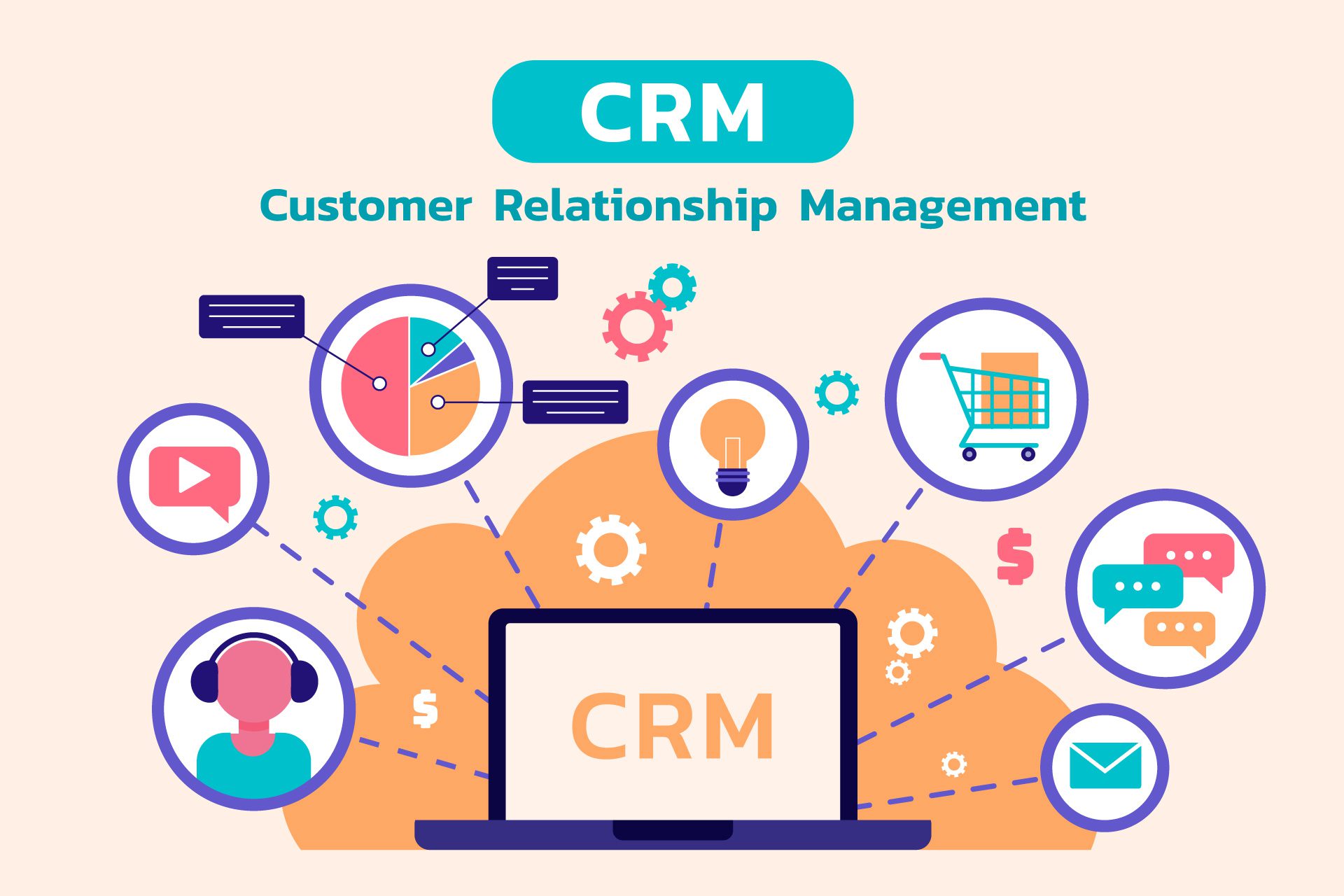Introduction: The Power of a Streamlined CRM Marketing Workflow
In today’s competitive landscape, businesses are constantly seeking ways to optimize their marketing efforts and achieve higher conversion rates. One of the most effective strategies is implementing a well-defined CRM (Customer Relationship Management) marketing workflow. This isn’t just about using CRM software; it’s about strategically mapping out the customer journey, automating key processes, and personalizing interactions to drive engagement and ultimately, revenue. Think of it as the engine that powers your marketing machine, ensuring every cog and gear works in perfect harmony.
This comprehensive guide delves into the intricacies of CRM marketing workflows. We’ll explore what they are, why they’re crucial, and, most importantly, how to build and optimize them for maximum impact. We’ll cover everything from defining your target audience and setting up automated email sequences to analyzing performance and making data-driven adjustments. Get ready to transform your marketing approach and unlock the full potential of your CRM system.
Understanding the Fundamentals: What is a CRM Marketing Workflow?
At its core, a CRM marketing workflow is a series of automated steps designed to guide potential customers through the sales funnel, nurturing them from initial awareness to becoming loyal customers. It’s a structured approach that leverages CRM data and automation to deliver the right message, to the right person, at the right time. It’s about orchestrating a seamless and personalized customer experience.
Think of it as a roadmap. Without a clear plan, your marketing efforts can feel scattered and ineffective. A CRM marketing workflow provides that plan, ensuring consistency, efficiency, and measurable results. It’s the difference between haphazardly sending out emails and strategically nurturing leads with targeted content.
Key components of a CRM marketing workflow typically include:
- Lead Capture: Gathering contact information through forms, landing pages, and other channels.
- Lead Segmentation: Grouping leads based on demographics, behavior, and other criteria.
- Lead Nurturing: Sending targeted content and communications to move leads through the sales funnel.
- Sales Automation: Automating tasks like follow-up emails, appointment scheduling, and deal management.
- Reporting and Analytics: Tracking key metrics to measure performance and identify areas for improvement.
Why CRM Marketing Workflows Are Essential for Modern Businesses
In a world saturated with marketing messages, capturing and retaining customer attention is harder than ever. CRM marketing workflows offer a significant advantage by allowing businesses to:
- Improve Efficiency: Automate repetitive tasks, freeing up marketing and sales teams to focus on more strategic initiatives.
- Enhance Personalization: Tailor messaging and content to individual customer needs and preferences, leading to higher engagement.
- Increase Conversion Rates: Nurture leads with relevant information and move them seamlessly through the sales funnel.
- Boost Customer Retention: Build stronger relationships with customers by providing personalized experiences and ongoing support.
- Gain Actionable Insights: Track key metrics and analyze performance to identify areas for improvement and optimize campaigns.
- Reduce Costs: Automate processes and streamline operations, leading to significant cost savings.
In essence, CRM marketing workflows are about building better relationships with your customers. They’re about understanding their needs, providing value, and guiding them towards a purchase decision. They’re not just a nice-to-have; they’re a necessity for any business looking to thrive in today’s competitive market.
Building Your CRM Marketing Workflow: A Step-by-Step Guide
Creating a successful CRM marketing workflow requires careful planning and execution. Here’s a step-by-step guide to help you build a workflow that drives results:
Step 1: Define Your Goals and Objectives
Before you start building your workflow, it’s crucial to define your goals and objectives. What do you want to achieve? Are you aiming to generate more leads, increase sales, improve customer retention, or all of the above? Having clear objectives will guide your workflow design and help you measure its success. Be specific and measurable. For example, instead of saying “increase sales,” aim to “increase sales by 15% in the next quarter.”
Step 2: Identify Your Target Audience
Who are you trying to reach? Understanding your target audience is essential for creating personalized and relevant messaging. Create buyer personas that represent your ideal customers. Consider their demographics, interests, pain points, and buying behaviors. This information will inform your segmentation strategy and help you tailor your content and offers.
Step 3: Map the Customer Journey
Visualize the steps a customer takes from initial awareness to becoming a loyal customer. This includes the touchpoints they interact with, such as your website, social media, email, and sales team. Map out each stage of the journey and identify the information and content a customer needs at each point. This will help you design a workflow that guides them seamlessly through the process. Consider using a customer journey map to visualize this.
Step 4: Choose Your CRM and Marketing Automation Platform
Select a CRM and marketing automation platform that meets your specific needs. Consider factors like features, scalability, integrations, and budget. Popular options include Salesforce, HubSpot, Zoho CRM, and Pipedrive. Ensure the platform allows you to automate the processes you need to streamline and provides robust reporting and analytics capabilities.
Step 5: Segment Your Audience
Divide your leads and customers into segments based on demographics, behavior, interests, and other relevant criteria. Segmentation allows you to tailor your messaging and offers to specific groups, increasing the likelihood of engagement and conversion. For example, you might segment leads based on their industry, job title, or the content they’ve downloaded from your website.
Step 6: Create Automated Workflows
Now, it’s time to build your automated workflows. Start by defining the triggers, actions, and conditions for each workflow. For example, you might create a workflow that sends a welcome email to new subscribers or a series of nurturing emails to leads who have downloaded a specific ebook. Consider the following types of workflows:
- Lead Nurturing Workflows: Nurture leads with targeted content based on their interests and behavior.
- Welcome Workflows: Engage new subscribers and customers with a warm welcome and relevant information.
- Abandoned Cart Workflows: Remind customers of items left in their shopping carts and encourage them to complete their purchase.
- Post-Purchase Workflows: Thank customers for their purchase and provide support and resources.
- Re-engagement Workflows: Re-engage inactive customers with special offers and personalized content.
Step 7: Design Compelling Content
The content you create is the heart of your workflow. It should be relevant, engaging, and valuable to your target audience. Create a variety of content formats, such as blog posts, ebooks, videos, webinars, and case studies, to cater to different preferences. Ensure your content aligns with the stage of the customer journey and addresses their specific needs and pain points.
Step 8: Set Up Triggers and Conditions
Triggers are the events that initiate a workflow. Conditions are the criteria that must be met for an action to be performed. For example, a trigger might be a new subscriber signing up for your newsletter, and a condition might be the subscriber’s location. Ensure your triggers and conditions are set up correctly to ensure your workflows function as intended.
Step 9: Test and Refine
Before launching your workflows, test them thoroughly to ensure they function correctly and deliver the desired results. Send test emails and check for errors. After launch, monitor your workflows and make adjustments as needed. Pay attention to metrics like open rates, click-through rates, and conversion rates. Use A/B testing to optimize your content, subject lines, and calls to action.
Step 10: Analyze and Optimize
Regularly analyze your workflow performance to identify areas for improvement. Track key metrics, such as lead generation, conversion rates, and customer retention. Use this data to optimize your workflows and ensure they are delivering the desired results. This is an ongoing process – always be looking for ways to refine and enhance your workflows.
Key Metrics to Track in Your CRM Marketing Workflow
To measure the success of your CRM marketing workflow, you need to track key metrics. Here are some of the most important ones:
- Lead Generation: The number of new leads generated through your workflow.
- Conversion Rate: The percentage of leads that convert into customers.
- Click-Through Rate (CTR): The percentage of recipients who click on links in your emails.
- Open Rate: The percentage of recipients who open your emails.
- Customer Acquisition Cost (CAC): The cost of acquiring a new customer.
- Customer Lifetime Value (CLTV): The total revenue a customer generates over their relationship with your business.
- Return on Investment (ROI): The profitability of your marketing campaigns.
- Website Traffic: The number of visitors to your website.
- Bounce Rate: The percentage of visitors who leave your website after viewing only one page.
- Churn Rate: The percentage of customers who stop doing business with you.
By monitoring these metrics, you can gain valuable insights into the performance of your workflows and identify areas for optimization. Use these insights to make data-driven decisions and improve your results.
Advanced Strategies for CRM Marketing Workflow Optimization
Once you’ve established your basic CRM marketing workflows, you can explore advanced strategies to further optimize your results:
- Personalization: Leverage CRM data to personalize every aspect of your customer interactions, from email subject lines to website content.
- Segmentation: Refine your segmentation strategy to create more targeted and relevant campaigns.
- A/B Testing: Continuously test different variations of your content, subject lines, and calls to action to optimize performance.
- Dynamic Content: Use dynamic content to display personalized information based on customer data.
- Behavioral Targeting: Track customer behavior and trigger workflows based on their actions, such as website visits or product views.
- Lead Scoring: Assign scores to leads based on their engagement and behavior to prioritize your sales efforts.
- Integrations: Integrate your CRM with other marketing tools, such as social media platforms and advertising platforms, to create a seamless marketing ecosystem.
- Cross-Channel Marketing: Coordinate your marketing efforts across multiple channels, such as email, social media, and SMS, to create a consistent customer experience.
- Marketing Attribution: Track the touchpoints that contribute to a conversion to understand the effectiveness of your marketing campaigns.
By implementing these advanced strategies, you can take your CRM marketing workflows to the next level and achieve even greater results.
Common Pitfalls to Avoid in CRM Marketing Workflows
While CRM marketing workflows offer significant benefits, there are also some common pitfalls to avoid:
- Lack of Planning: Failing to plan your workflows carefully can lead to inefficiencies and wasted resources.
- Poor Data Quality: Inaccurate or incomplete data can undermine the effectiveness of your workflows.
- Generic Messaging: Sending generic messages that don’t resonate with your target audience can lead to low engagement.
- Over-Automation: Automating too many processes can make your workflows feel impersonal and robotic.
- Ignoring Analytics: Failing to track and analyze your results can prevent you from optimizing your workflows.
- Not Integrating with Other Systems: Failing to integrate your CRM with other tools will limit its effectiveness.
- Sending Too Many Emails: Bombarding your leads with emails can lead to unsubscribes and a negative brand perception.
- Ignoring Mobile Optimization: Ensure your emails and landing pages are optimized for mobile devices.
By being aware of these pitfalls, you can avoid common mistakes and ensure your CRM marketing workflows are successful.
The Future of CRM Marketing Workflows
The field of CRM marketing is constantly evolving, and several trends are shaping the future of workflows:
- Artificial Intelligence (AI): AI-powered tools are being used to automate tasks, personalize content, and provide more accurate insights.
- Hyper-Personalization: Businesses are using data to create highly personalized experiences that resonate with individual customers.
- Cross-Channel Marketing: Marketers are focusing on creating seamless experiences across multiple channels.
- Voice Search Optimization: Optimizing content for voice search is becoming increasingly important.
- Focus on Customer Experience: Businesses are prioritizing customer experience as a key differentiator.
By staying ahead of these trends, you can ensure your CRM marketing workflows remain effective and relevant in the years to come.
Conclusion: Unleash the Power of CRM Marketing Workflows
Implementing and optimizing CRM marketing workflows is a game-changer for businesses seeking to improve their marketing performance and drive revenue growth. By following the steps outlined in this guide, you can create a streamlined and personalized customer experience that builds stronger relationships, increases conversion rates, and boosts customer loyalty.
Remember to continuously monitor your results, analyze your data, and adapt your strategies as needed. The world of CRM marketing is dynamic, so staying informed and embracing new technologies is crucial. Embrace the power of CRM marketing workflows and watch your business thrive!


